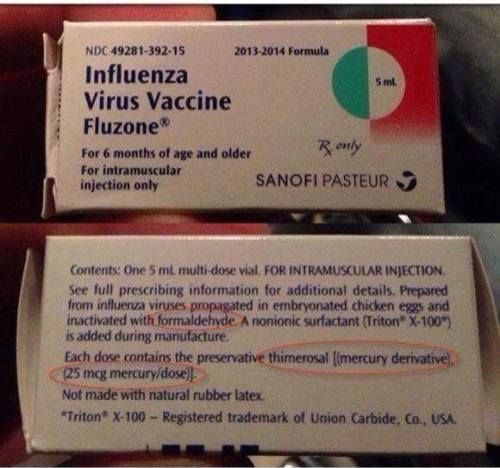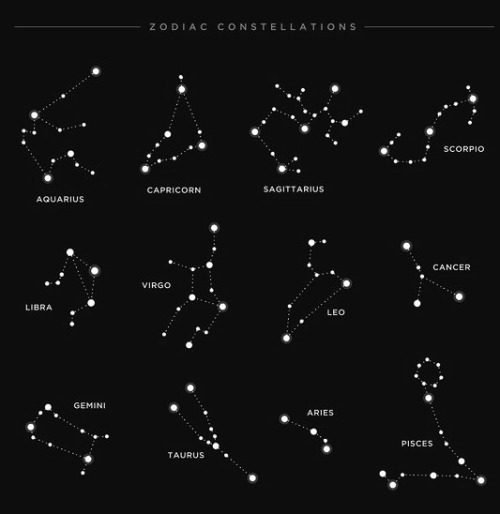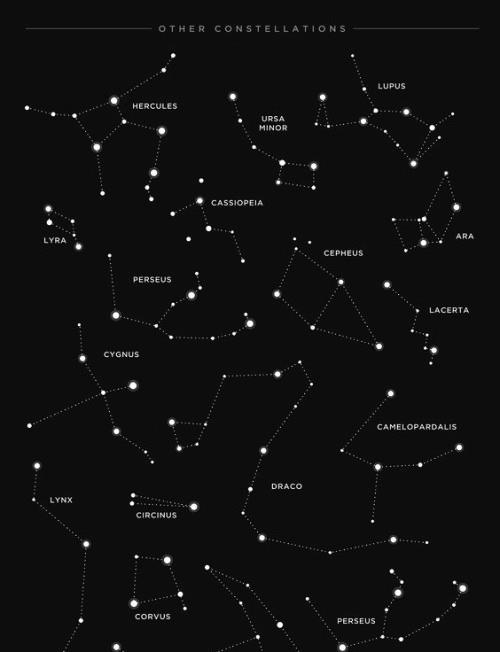Hey Guys I Think I Got A Pretty Nice Tan Over The Summer, What Do You Think?
hey guys i think i got a pretty nice tan over the summer, what do you think?
before:

after:

More Posts from Science-is-magical and Others
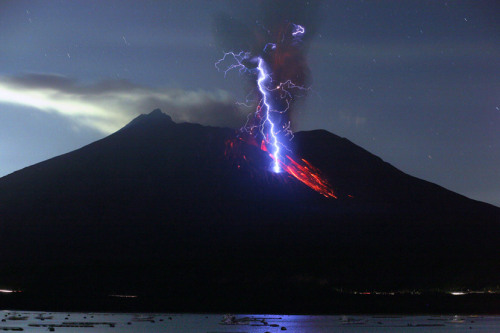
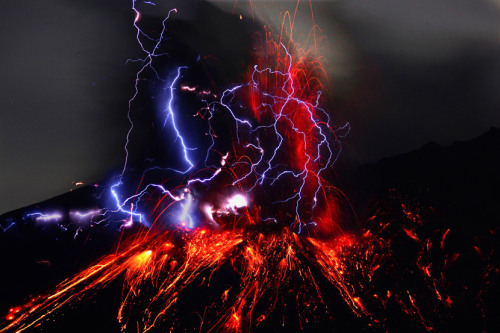
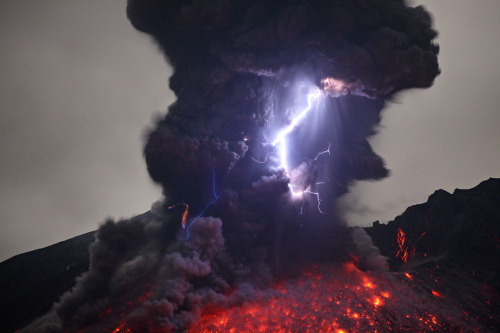
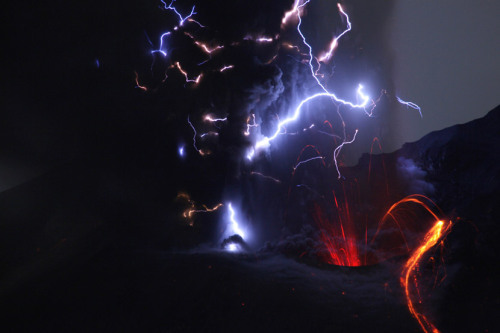
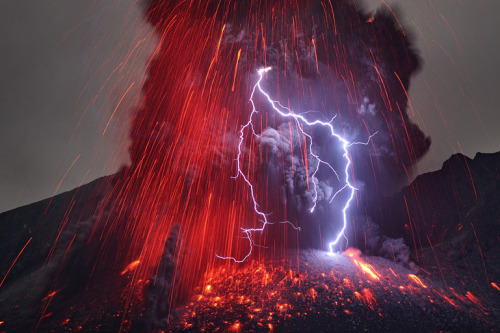
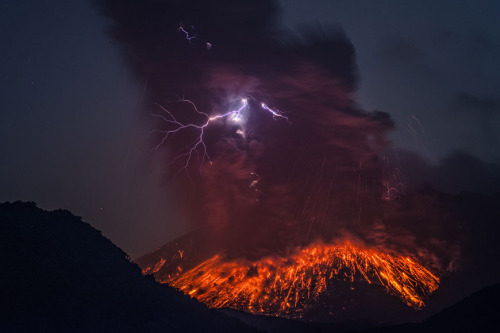
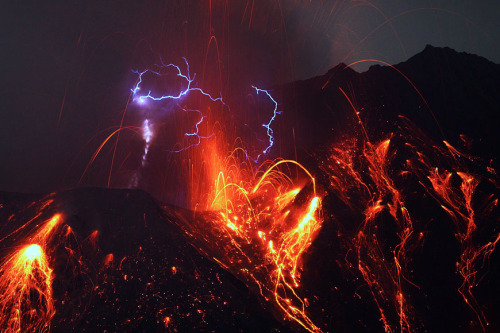
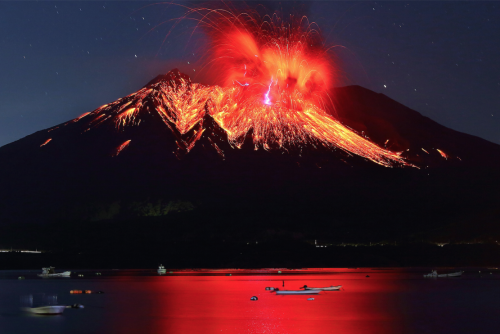
photos of sakurajima, the most active volcano in japan, by takehito miyatake and martin rietze. volcanic storms can rival the intensity of massive supercell thunderstorms, but the source of the charge responsible for this phenomenon remains hotly debated.
in the kind of storm clouds that generate conventional lightning, ice particles and soft hail collide, building up positive and negative charges, respectively. they separate into layers, and the charge builds up until the electric field is high enough to trigger lightning.
but the specific mechanism by which particles of differing charges are separated in the ash cloud is still unknown. lightning has been observed between the eruption plume and the volcano right at the start of an eruption, suggesting that there are processes that occur inside the volcano to lead to charge separation.
volcanic lightning could yield clues about the earth’s geological past, and could answer questions about the beginning of life on our planet. volcanic lightning could have been the essential spark that converted water, hydrogen, ammonia, and methane molecules present on a primeval earth into amino acids, the building blocks of life.

The folks over at NASA just featured this nifty infographic on APOD about detecting objects in the sky:
How to Identify that Light in the Sky
What is that light in the sky?
Perhaps one of humanity’s more common questions, an answer may result from a few quick observations.
Image: HK (The League of Lost Causes)
For example — is it moving or blinking? If so, and if you live near a city, the answer is typically an airplane, since planes are so numerous and so few stars and satellites are bright enough to be seen over the din of artificial city lights.
If not, and if you live far from a city, that bright light is likely a planet such as Venus or Mars — the former of which is constrained to appear near the horizon just before dawn or after dusk.
Sometimes the low apparent motion of a distant airplane near the horizon makes it hard to tell from a bright planet, but even this can usually be discerned by the plane’s motion over a few minutes. Still unsure?
The above chart gives a sometimes-humorous but mostly-accurate assessment. Dedicated sky enthusiasts will likely note — and are encouraged to provide — polite corrections.
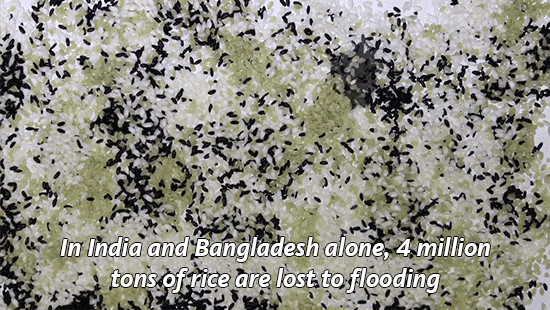
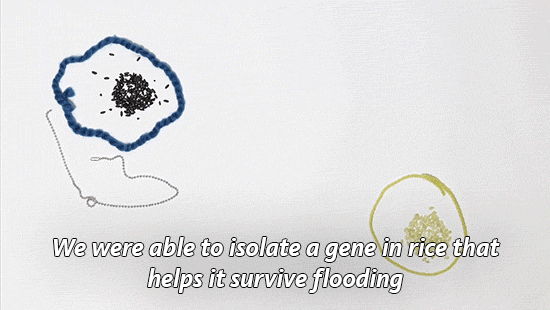
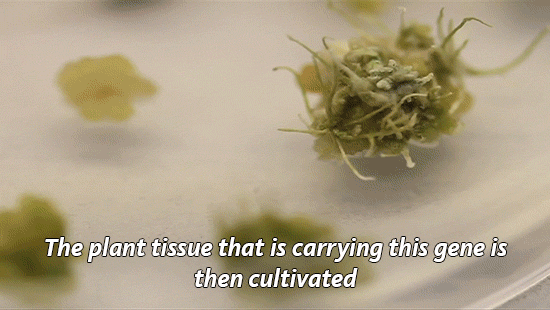
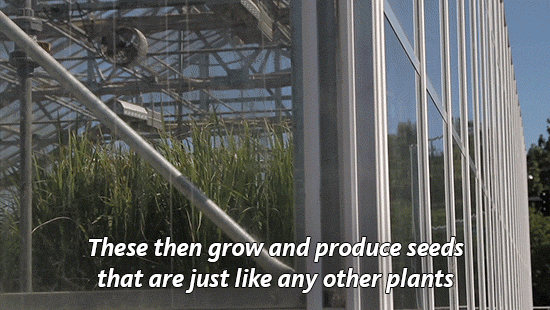
Why we need GMOs to survive climate change
Genetically modified organisms get a bad rap for many reasons, but we’ve actually been genetically altering what we eat since the dawn of human history.
“For 10,000 years, we have altered the genetic makeup of our crops,”explains UC Davis plant pathology professor Pamela Ronald.
“Today virtually everything we eat is produced from seeds that we have genetically altered in one way or another.” (You can read more about Ronald’s thoughts on genetically engineered food here.)
Right now her focus is on rice. It’s one of our basic crops and without it, we would struggle to feed much of the world.
With climate change, we’re seeing an increase in flooding in places like India and Bangladesh, which makes it harder to grow this important food staple.
So Ronald and her lab have developed a flood-tolerant strain of rice. It’s known as Sub1a or “scuba rice” and millions of farmers in South Asia are now growing it in their fields.

Today is National Food Day, a day dedicated to hunger awareness. But as we focus on food insecurity, we need to talk more about how global warming will make the problem worse.
As our climate continues to heat up, it has huge impacts on what foods we are able to grow. Will our crops be able to survive droughts and floods? The University of California leads six labs that are working to develop other climate-resilient crops including chickpea, cowpea and millet.
Find out what other scientists are doing to improve our food.
Newly discovered windows of brain plasticity may help with treatment of stress-related disorders
Chronic stress can lead to changes in neural circuitry that leave the brain trapped in states of anxiety and depression. But even under repeated stress, brief opportunities for recovery can open up, according to new research at The Rockefeller University.

(Image caption: Routine versus disruptive: A familiar stressor (left) did not increase NMDA receptors (dark spots), a booster of potentially harmful glutamate signaling, in the brains of mice. However, when subjected to an unfamiliar stress (right), mice expressed more NMDA receptors)
“Even after a long period of chronic stress, the brain retains the ability to change and adapt. In experiments with mice, we discovered the mechanism that alters expression of key glutamate-controlling genes to make windows of stress-related neuroplasticity—and potential recovery—possible,” says senior author Bruce McEwen, Alfred E. Mirsky Professor, and head of the Harold and Margaret Milliken Hatch Laboratory of Neuroendocrinology. Glutamate is a chemical signal implicated in stress-related disorders, including depression.
“This sensitive window could provide an opportunity for treatment, when the brain is most responsive to efforts to restore neural circuitry in the affected areas,” he adds.
The team, including McEwen and first author Carla Nasca, wanted to know how a history of stress could alter the brain’s response to further stress. To find out, they accustomed mice to a daily experience they dislike, confinement in a small space for a short period. On the 22nd day, they introduced some of those mice to a new stressor; others received the now-familiar confinement.
Then, the researchers tested both groups for anxiety- or depression-like behaviors. A telling split emerged: Mice tested shortly after the receiving the familiar stressor showed fewer of those behaviors; meanwhile those given the unfamiliar stressor, displayed more. The difference was transitory, however; by 24 hours after the final stressor, the behavioral improvements seen in half of the mice had disappeared.
Molecular analyses revealed a parallel fluctuation in a part of the hippocampus, a brain region involved in the stress response. A key molecule, mGlu2, which tamps down the release of the neurotransmitter glutamate, increased temporarily in mice subjected to the familiar confinement stress. Meanwhile, a molecular glutamate booster, NMDA, increased in other mice that experienced the unfamiliar stressor. In stress-related disorders, excessive glutamate causes harmful structural changes in the brain.
The researchers also identified the molecule regulating the regulator, an enzyme called P300. By adding chemical groups to proteins known as histones, which give support and structure to DNA, P300 increases expression of mGlu2, they found.
In other experiments, they looked at mice genetically engineered to carry a genetic variant associated with development of depression and other stress-related disorders in humans, and present in 33 percent of the population.
“Here again, in experiments relevant to humans, we saw the same window of plasticity, with the same up-then-down fluctuations in mGlu2 and P300 in the hippocampus,” Nasca says. “This result suggests we can take advantage of these windows of plasticity through treatments, including the next generation of drugs, such as acetyl carnitine, that target mGlu2—not to ‘roll back the clock’ but rather to change the trajectory of such brain plasticity toward more positive directions.”


ALL ROLLED UP
A newly identified mineral christened merelaniite tightly rolls up like a scroll as it crystallizes, forming shiny dark gray needles up to a few millimeters in length (Minerals 2016, DOI: 10.3390/min6040115). The overall formula of the mineral is Mo₄Pb₄VSbS₁₅. It crystallizes into a sheet composed primarily of alternating ultrathin layers of MoS₂ and PbS. “It’s like a natural nanocomposite,” says research team leader John A. Jaszczak of Michigan Technological University. Strain from the interacting layers likely causes the crystalline sheets to wrap around themselves as they grow. Jaszczak and coworkers named the mineral for the Merelani mining district in Tanzania, where the merelaniite samples originated. Collaborating research institutions included the U.K. Natural History Museum, U.S. National Museum of Natural History, and University of Florence.
Credit: Minerals (both)
Related C&EN content:
Minerals in Medicine Exhibition
Worldwide Hunt For Missing Carbon Minerals Begins
which scientist should you fight
geologist: will throw copious amounts of rocks at you. not recommended unless you can also throw equal amounts of rocks back
botanist: knows 1001 ways to poison you. probably shouldn't fight
zoologist: knows 1001 animals that can kill you. probably shouldn't fight either
entomologist: spiders. enough said.
physiologist: they know too much about the human body and how to cause optimal pain with minimal damage. not safe.
geneticist: will unleash their army of mutated fruit flies at you. can be either good or bad thing, depending on your preference for flies with legs growing out of their eyes
immunologist: they have perfected the t-cell inspired technique of "death by neglect". if you fight them you will die in the saddest way possible
microbiologist: please don't fight someone who is already pissed about antibiotic resistance and can identify bacteria based solely on their smell
climatologist: will choose the battlefield as somewhere in the path of a category 5 hurricane and then leave you to die. do not fight please
environmental scientist: they can control the entire world do you really want to fight them
chemist: have you seen breaking bad? no, do not fight them. do NOT
physicist: will kill you with math. not the best way to go
herpetologist: can probably speak parseltongue and know just which frogs are best at taking over your habitat. only fight if you live in antarctica
cancer biologist: has immediate access to at least 5 different tumor cell lines and knows exactly where to inject them in your heart to cause metastases. don't even look them in the eye
marine biologist: is a real life aquaman. will lure you with cute river otters and then finish you off with some terrifying deep sea creature. better to just stay home and never leave
psychologist: is basically a mind reader. will drown you in your deepest darkest fears. 10/10 do not recommend to fight
molecular biologist: will kill you organelle by organelle. you will die a slow and painful death while covered in budding yeast
statistician: their power is always over 80%, and they will quickly punt you in the path of a normal distribution even before you can yell "Wilcoxon!"
archaeologist: can use a trowel 59 different ways, and only 9 are for digging. one can only guess the other 50, so may be advisable to stay far away
astronomer: will launch you into space and send you to a planet so inhospitable not even matt damon can make it back this time
pharmacologist: why would you ever fight someone who knows all about drugs. why
computer scientist: they know the perfect algorithm for death. do not fight, even with a firewall
linguist: no matter where you are, they can talk about you behind your back in the native tongue. do you really want death by humiliation. do you
dinosaurologist: are you kidding me?? the answer is no
sociologist: yea
-
 possiblemisspompoen liked this · 7 months ago
possiblemisspompoen liked this · 7 months ago -
 ruinconstellation liked this · 10 months ago
ruinconstellation liked this · 10 months ago -
 atenatesla reblogged this · 11 months ago
atenatesla reblogged this · 11 months ago -
 caranthira reblogged this · 1 year ago
caranthira reblogged this · 1 year ago -
 brohos liked this · 1 year ago
brohos liked this · 1 year ago -
 mansaeboysbe liked this · 1 year ago
mansaeboysbe liked this · 1 year ago -
 iwillhaveamoonbase liked this · 1 year ago
iwillhaveamoonbase liked this · 1 year ago -
 nyctophil1ia liked this · 2 years ago
nyctophil1ia liked this · 2 years ago -
 little-wingxo liked this · 2 years ago
little-wingxo liked this · 2 years ago -
 riknata reblogged this · 3 years ago
riknata reblogged this · 3 years ago -
 hodudghejs reblogged this · 3 years ago
hodudghejs reblogged this · 3 years ago -
 hodudghejs liked this · 3 years ago
hodudghejs liked this · 3 years ago -
 animenutcase reblogged this · 3 years ago
animenutcase reblogged this · 3 years ago -
 emulatedseasons liked this · 3 years ago
emulatedseasons liked this · 3 years ago

